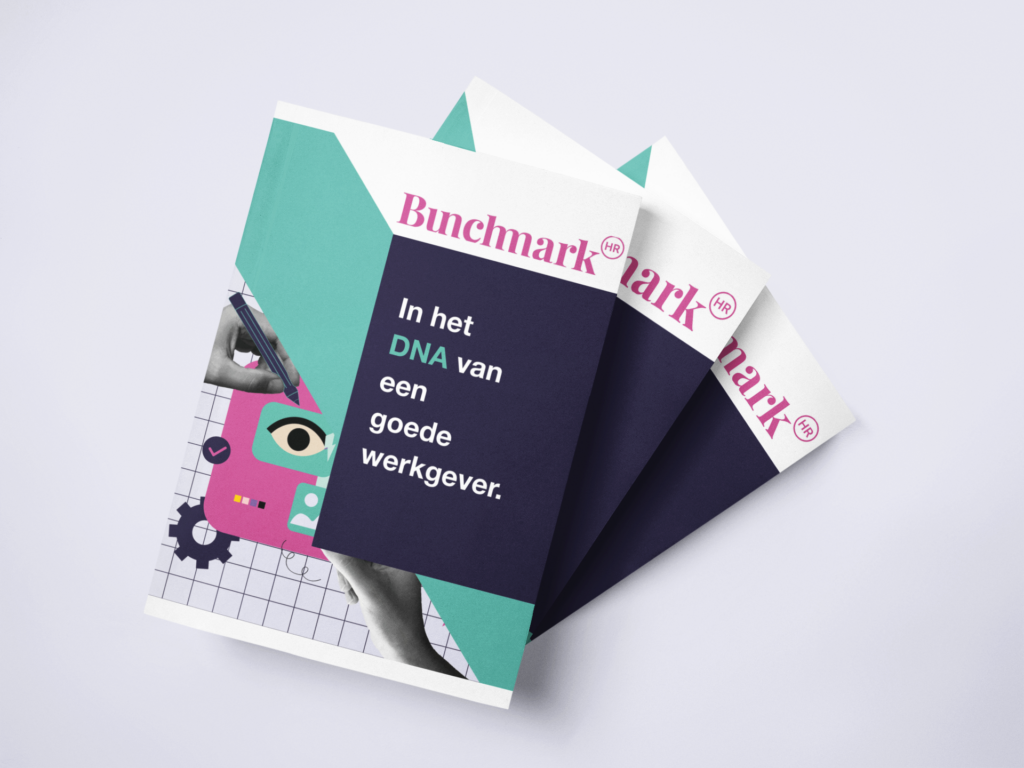Home HR services
Performance Development Cycle
Performance Development Cycle
Let employees shine and build a strong Performance Development Cycle.
Performance Development is all about encouraging development and performance. Of employees, but also of teams. The coast? Building a PD cycle in which personal development and (growth) ambition of your organization go hand in hand.
A Performance Development Cycle includes all the steps, tools and agreements that contribute to it. And so; the better your Performance Development Cycle, the more likely your employees will meet their goals. But also; the more connected they will feel to the organization.
Work becomes more fun. And you get more done. With each other.







